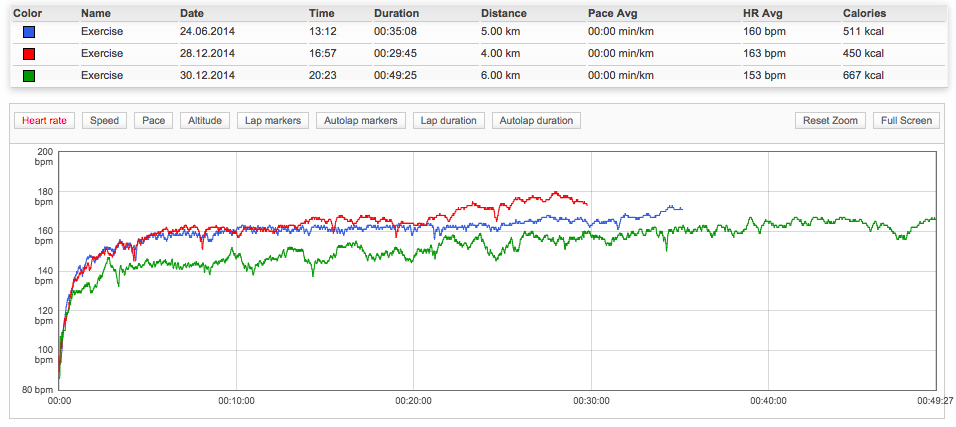TL;DR.: For speed training, is it better to run longer at 80% of the max HR, or faster at 95% of the max HR?
Long rant:
I'm able to run 6Km in 50min if I control my speed based on the HR, by not allowing it to got past 80-85% of the HR limit for my age. I'm also able to run 5Km in 35 minutes, if I allow te HR to go up to 92%...
... which sucks (time-wise).

Today I peaked at 185bpm after 19minutes running at 9.5Km/h. I "assume" my max HR is 187bpm, although I happened to be having a conversation for 2 minutes while fluctuating around 183bpms (oddly enough, I wasn't grasping for air).

So, the question comes down to: Is it better to keep pushing the "distance" at 80% of my calculated max heart-rate, or should I also bet on speed by once in a while push it to 95-98% and keep it there for a few minutes?
Some background: I'm 34. My couch to 5k was done about 9 months ago. Although I trained martial arts from 17 to 27, I did become overweight and pretty sedentary during my PhD and postdoc (last 7yrs). I assume that 7yrs of no training completely reversed the heavy training I did in my youth ;-)